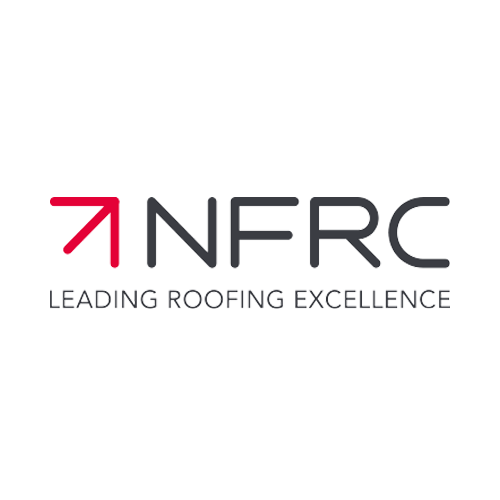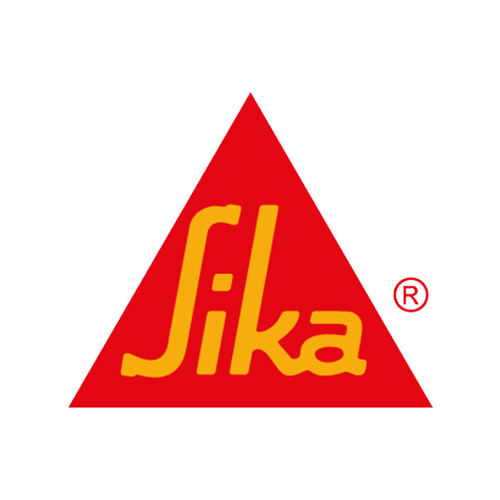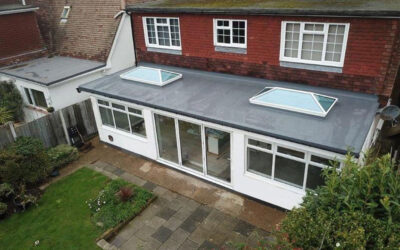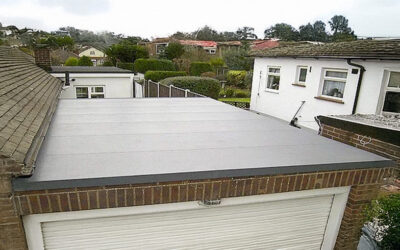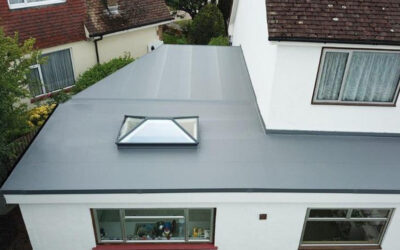Choosing the right flat roofers
When it comes to flat roofs, the materials – and their quality – can range significantly. Traditional and modern options include felt, tar topped with gravel, asphalt, modified bitumen, fibreglass or a single-ply roofing membrane made of EDPM (Ethylene Propylene Diene Monomer), (TPO) Thermoplastic Polyolefin or CSPE (Chlorosulfonated Polyethylene) or PVC (vinyl).
What is membrane roofing?
Membrane roofing is used on flat or nearly flat roofs to protect the building beneath, offer warmth and insulation, move water off the roof and of course, prevent water from entering the property.
Commonly manufactured using synthetic rubber, modified bitumen or a thermoplastic such as PVC, membrane roofs may be more common on commercial buildings but they have become an increasingly popular option for residential properties.
Synthetic rubber membranes
Consisting of a number of large, flat pieces of synthetic rubber, the pieces are welded together at the seams to create a single, continuous roofing membrane of equal strength throughout.
Thermoplastic membranes
Rather than being welded to form one single membrane, TPO membranes are bonded with heat or solvents, which makes the seams just as strong as the rest of the roofing material.
Why opt for membrane roofing?
Membrane roofing has proven to be far superior to the traditional flat roofing methods of felt, asphalt and gravel, which have much shorter lifespans, are notoriously difficult to properly seal, tend to leak within only a few years and require a lot of maintenance. In addition, if a leak does occur on a felt or asphalt roof, it can be difficult to locate the exact point that needs repairing, resulting in costly damage to the building below.
In comparison, membrane roofing can be installed that is either completely seamless or with seams that are as strong as the material itself. If, on the rare occasion, a break or leak occurs, the source of damage can be quickly pinpointed and repaired.
Asphalt not only needs gravel in order to limit sunlight and UV degradation, but to weigh the flat roof down as it only sits on top of a property. Membrane roofing systems are directly attached to a building, removing the need to add excess weight after the fact.
Our flat roof membranes of choice
High-Tech Membrane Roofing chooses to install Anti Slip Protan Flat Roofing Systems, Sarnafil Waterproofing Systems and Alritra Membranes.
These unique, maintenance-free PVC single-ply membrane roofing systems originate from the commercial and Local Authority roofing sectors and have a worldwide reputation for excellence, which spans more than four decades.
100% watertight, aesthetically pleasing, environmentally friendly and installed with a LIFETIME guarantee , our carefully selected membrane roofing systems offer the ultimate protection against the elements. They are unaffected by expansion and contraction, resistant to damaging solar rays, moss and algae and eliminate the risk of blistering or condensation.



